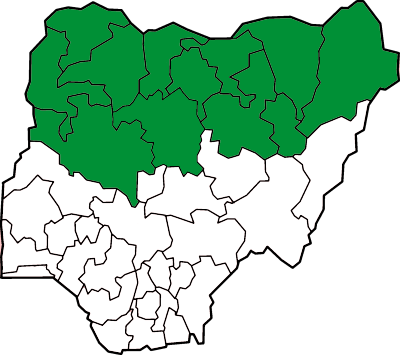
At its first meeting this year, held Monday last week in Abuja, the Central Bank of Nigeria’s rate-setting committee (the Monetary Policy Committee — MPC) opted to tighten monetary policy.
Reflecting on this decision, I am still not sure which is the more surprising of the committee’s decision: the MPC’s preferred tool for tightening; or the argument behind the decision.
First, the thinking behind the decision. The MPC was persuaded that there is a surfeit of liquidity in the system, and that much of it is held in bank vaults. There is no arguing that additional demand pressure, irrespective of its source, so long as most other economic indices remain unchanged would have price effects. And if the CBN’s bean counters are to be believed, these price pressures are showing up in the market for foreign exchange.
Apparently, this same price pressures would have been evident in the general price level if the CBN were not diligently “mopping up” the additional demand through its open market operations. In this case, the price we are paying for our current single digit inflation rate is the apex bank’s ballooning balance sheet.
I worry, though, when the CBN blames the redemption of AMCON bonds (December 31, last year) for the current surfeit of liquidity. Those bonds were always going to be due last year, and thus it ought to have been clear to our policy wonks that they would have an adverse effect on domestic liquidity. A forward-looking CBN ought therefore to have tightened earlier, (preferably at the MPC’s meeting in November, 2013), just before the bonds matured.
Except of course that the CBN may have also believed that the funds would not have a noticeable effect on liquidity. After all, significant portions of the redeemed N1 trillion series one, two, three, and four bonds were already held on the books of banks (which held most of the bonds); and in a few instances, the banks had even swapped some of the bonds for cash in repo transactions.
If the CBN dropped the ball on the AMCON redemptions, is it right to fret now over the impending OMO maturities and the effects on the domestic economy of the likely increase in government spending this year (ahead of next year’s elections)? The answer to this is an undeniable, yes. In spite of the preference of boosters of the economy to search for and cite numbers that speak to its rude health, the more unpalatable truth is that current husbandry of the economy has been below par, even for the course.
Just before we tee off the 2015 general elections, though, I must confess to having entertained a slight worry about the weapon with which the apex bank has opted to address its concerns with monetary conditions. By increasing the public sector component of banks’ cash reserve requirement (the proportion of deposits that banks must set aside with it) to 75% from 50% (it only recently moved it this far from 12%), the CBN confirmed the fears that worryingly loose fiscal policy might be the main source of the liquidity that it has done battle with for so long.
The banks may have been profitably mining this source of funds: creating high priced assets (sometimes extended to the same government) off low priced deposits (from government ministries, departments, and agencies); and building unconscionably large balance sheets off arbitrage opportunities in the foreign exchange market.
But, is it the case that the banks are the reason why government spends the way it does? Put differently, if the CBN or government itself, contrived to take all government accounts away from commercial banks would this rein in government’s bulimia for spending?
Conversely, is the CBN not merely squeezing away at a balloon? Now and again, managing to move the air, but never quite getting the air to go away. All its displacement may have achieved, is move the air into an area of less resistance. All guesses are good in the present circumstance.
And who knows, the CBN may just not be dead to the futility of its current policy trajectory. Monday’s meeting of the MPC acknowledged that “monetary policy is almost at its limits”. What should be done?
Clearly, the one sane option left for monetary policy, today, is to increase the cost to the fiscal side of the latter’s continuing intemperance. How best to do this? By embracing the nuclear option: “allowing the currency to depreciate by either shifting the mid-point or widening the band”.


